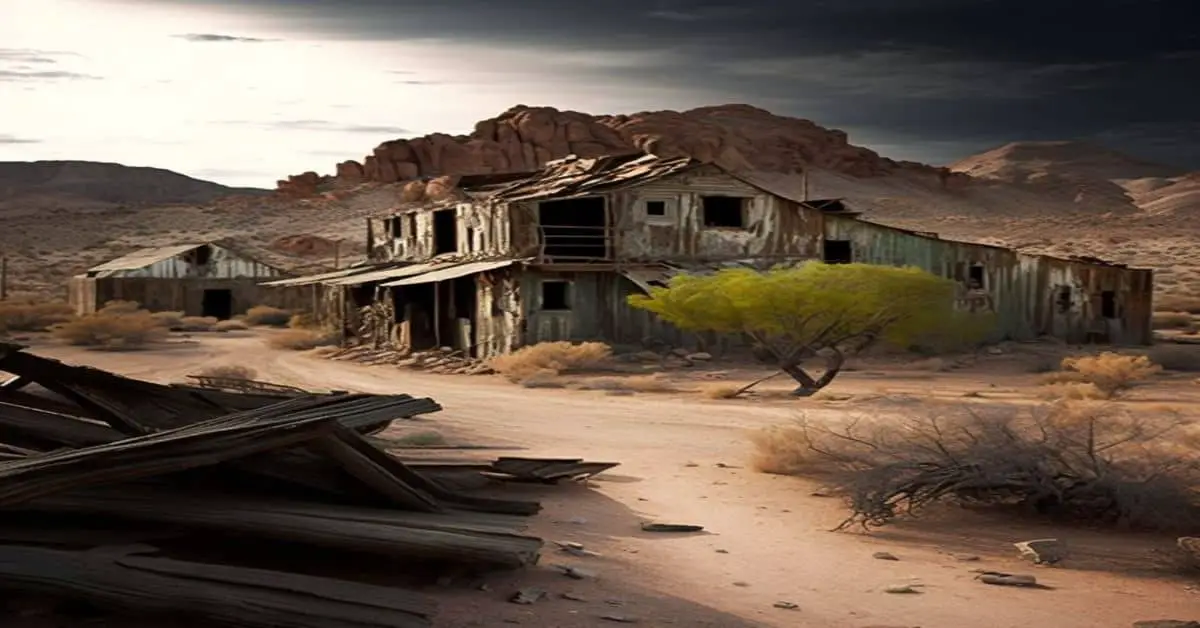Independence Colorado: A Journey Through Time in the Ghost Town
Nestled high in the Rocky Mountains at an elevation of 10,900 feet lies the Independence Colorado Ghost Town, a well-preserved reminder of the state’s rich mining history. As you journey through this fascinating site, you’ll discover the stories of the people who once called this place home and the remnants of a once-thriving community.
In this article, we’ll explore the history, location, and significance of Independence, Colorado, and provide you with all the information you need to plan your visit to this captivating ghost town.
History of Independence Colorado Ghost Town
The Birth of a Mining Town
The tale of Independence Colorado began in 1879 when hopeful miners established the Beldon tent camp. On July 4th of that year, they struck gold and renamed their camp “Independence” in honor of the holiday.
At its peak, the bustling community was home to around 1,500 people and boasted over 40 businesses, including three post offices, four grocery stores, boarding houses, and three saloons. There was even a local newspaper, the Independence Miner, to keep residents informed about the happenings in their town.
The Farwell Mining Company and Prosperity
In 1881, the Farwell Mining Company acquired most of the leading mines in the area, including the Independence No. 1, 2, & 3, Last Dollar, Legal Tender, Mammoth, Mount Hope, Champion, Sheba, Friday, and Dolly Varden.
The company operated the Farwell Stamp Mill, which was used to process mined ore, and a large sawmill to support their mines. During this time, the population of Independence grew to 500, and the town flourished with a variety of businesses, including restaurants, retail establishments, saloons, and boarding houses.
The Decline and Abandonment of Independence
Unfortunately, the prosperity of Independence was short-lived, as the town faced numerous challenges that ultimately led to its decline. The harsh winters at its high elevation made living conditions difficult, with snow blanketing the ground from October until May.
Additionally, the growth of nearby Aspen, with its milder climate and better job opportunities, lured many residents away from Independence.
By 1888, the population of Independence had dwindled to just 100 people, and the town’s economic prospects continued to decline. The winter of 1899 brought the worst storm in Colorado’s history, cutting off supply routes to Independence and leaving the remaining residents with no choice but to abandon their homes.
They crafted makeshift skis from the siding planks of their houses and raced down the mountain to Aspen in a desperate bid for survival, leaving Independence to become the ghost town it is today.
The Independence Colorado Ghost Town Today
Archaeological Preserve and Restoration
Today, the Independence Colorado Ghost Town stands as an archaeological preserve maintained by the Aspen Historical Society in cooperation with the United States Forest Service.
The remaining structures, including a stable, general store, two boarding houses, and the Farwell Stamp Mill, have been preserved and restored to give visitors a glimpse into the past. Interpretive stations and plaques throughout the site offer insights into the characters, enterprises, and structures that once made Independence a thriving community.
Exploring the Ghost Town
When visiting Independence Colorado, you’ll have the opportunity to wander through the remains of the town, letting your imagination recreate the lives and stories of those who once called this place home. As you explore the site, you’ll encounter the remnants of various buildings connected by a network of dirt paths. Some structures are still standing, while others have been reduced to foundations.
The largest surviving cabin is believed to have served as one of the settlement’s general stores, and another cabin has been restored into a modern residence known as the Intern Cabin.
However, it’s essential to remember that this site is an archaeological preserve and treat it respectfully. Visitors are asked not to remove souvenirs from the site, ensuring that future generations can continue exploring and learning about Independence, Colorado’s rich history.
Location and Accessibility
The Independence Colorado Ghost Town is located on Highway 82, just 16 miles southeast of Aspen, Colorado, and four miles west of the summit of Independence Pass. The historic site lies between the Roaring Fork River and the highway, with off-road public parking nearby.
Please note that access to Independence, Colorado is dependent on road closures. Colorado Department of Transportation closes Independence Pass (Highway 82) for the winter, typically around Halloween, and reopens it around Memorial Day. To check current road closure information, visit www.cotrip.org, call (303) 639-1111, or dial 511 from inside Colorado State.
Seasons and Hours of Operation
The Independence Colorado Ghost Town is open for visitors during the summer months, from June 17th through Labor Day. During this time, the site is open daily from 10 am to 6 pm. As mentioned previously, access to the ghost town is restricted during winter due to Independence Pass road closures.
Fees and Further Information
A suggested donation of $5 is requested for visiting the Independence Colorado Ghost Town. For more information, call (970) 925-3721, or visit the Aspen Historical Society’s website at www.aspenhistory.org/tours/independence-ghost-town/.
Conclusion
The Independence Colorado Ghost Town is a fascinating and well-preserved piece of history that allows visitors to step back in time and experience the challenges and triumphs of the miners who made this place their home.
With its rich history, stunning mountain scenery, and accessible location, a trip to Independence, Colorado, is a must for anyone interested in exploring Colorado’s past. So, plan your visit today and discover the captivating stories that lie hidden in this enchanting ghost town.




